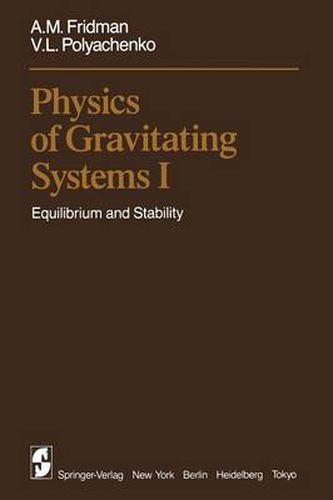Readings Newsletter
Become a Readings Member to make your shopping experience even easier.
Sign in or sign up for free!
You’re not far away from qualifying for FREE standard shipping within Australia
You’ve qualified for FREE standard shipping within Australia
The cart is loading…






This title is printed to order. This book may have been self-published. If so, we cannot guarantee the quality of the content. In the main most books will have gone through the editing process however some may not. We therefore suggest that you be aware of this before ordering this book. If in doubt check either the author or publisher’s details as we are unable to accept any returns unless they are faulty. Please contact us if you have any questions.
It would seem that any specialist in plasma physics studying a medium in which the interaction between particles is as distance-dependent as the inter action between stars and other gravitating masses would assert that the role of collective effects in the dynamics of gravitating systems must be decisive. However, among astronomers this point of view has been recog nized only very recently. So, comparatively recently, serious consideration has been devoted to theories of galactic spiral structure in which the dominant role is played by the orbital properties of individual stars rather than collec tive effects. In this connection we would like to draw the reader’s attention to a difference in the scientific traditions of plasma physicists and astrono mers, whereby the former have explained the delay of the onset of controlled thermonuclear fusion by the intrigues of collective processes in the plasma, while many a generation of astronomers were calculating star motions, solar and lunar eclipses, and a number of other fine effects for many years ahead by making excellent use of only the laws of Newtonian mechanics. Therefore, for an astronomer, it is perhaps not easy to agree with the fact that the evolution of stellar systems is controlled mainly by collective effects, and the habitual methods of theoretical mechanics III astronomy must make way for the method of self-consistent fields.
$9.00 standard shipping within Australia
FREE standard shipping within Australia for orders over $100.00
Express & International shipping calculated at checkout
Stock availability can be subject to change without notice. We recommend calling the shop or contacting our online team to check availability of low stock items. Please see our Shopping Online page for more details.
This title is printed to order. This book may have been self-published. If so, we cannot guarantee the quality of the content. In the main most books will have gone through the editing process however some may not. We therefore suggest that you be aware of this before ordering this book. If in doubt check either the author or publisher’s details as we are unable to accept any returns unless they are faulty. Please contact us if you have any questions.
It would seem that any specialist in plasma physics studying a medium in which the interaction between particles is as distance-dependent as the inter action between stars and other gravitating masses would assert that the role of collective effects in the dynamics of gravitating systems must be decisive. However, among astronomers this point of view has been recog nized only very recently. So, comparatively recently, serious consideration has been devoted to theories of galactic spiral structure in which the dominant role is played by the orbital properties of individual stars rather than collec tive effects. In this connection we would like to draw the reader’s attention to a difference in the scientific traditions of plasma physicists and astrono mers, whereby the former have explained the delay of the onset of controlled thermonuclear fusion by the intrigues of collective processes in the plasma, while many a generation of astronomers were calculating star motions, solar and lunar eclipses, and a number of other fine effects for many years ahead by making excellent use of only the laws of Newtonian mechanics. Therefore, for an astronomer, it is perhaps not easy to agree with the fact that the evolution of stellar systems is controlled mainly by collective effects, and the habitual methods of theoretical mechanics III astronomy must make way for the method of self-consistent fields.